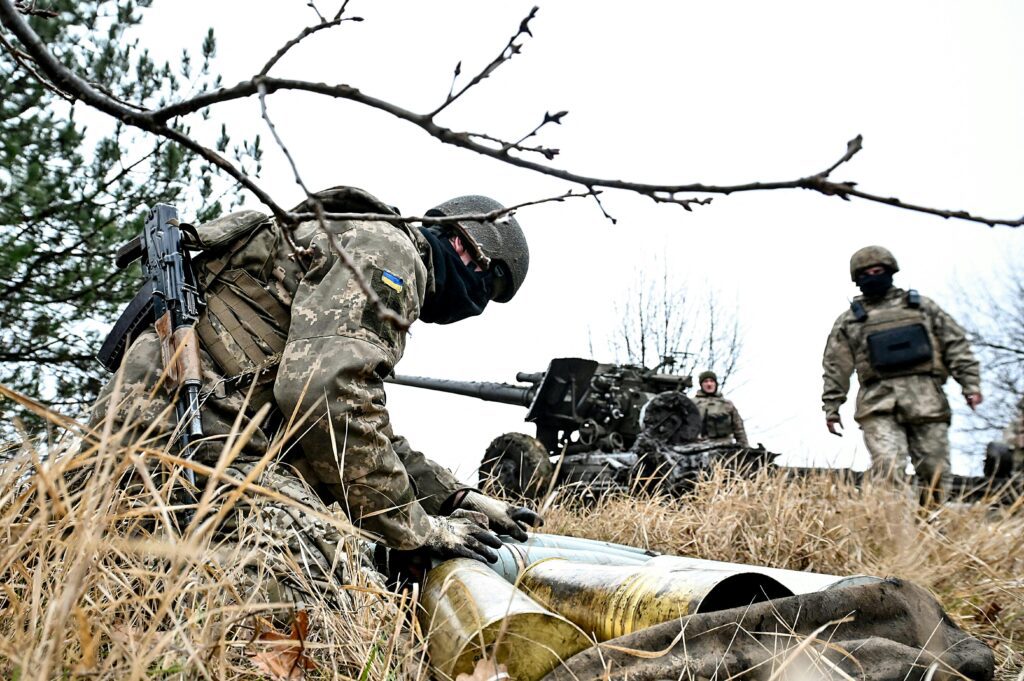Nuclear deterrence is a vital element of the United States military strategy, acting as a deterrent against potential attackers by threatening them with a destructive nuclear response. This concept has been a cornerstone of US defense policy since the development of nuclear weapons during World War II. The United States maintains a robust nuclear arsenal overseen by the Department of Defense and the President, with a focus on modernizing its delivery systems to enhance deterrence. Strategic arms control agreements with other nuclear powers help manage the balance of power and reduce the risk of conflict, but the US remains prepared to defend itself if necessary.
The Importance of Nuclear Deterrence
Nuclear deterrence is a critical component of the United States military strategy. It serves as a means of preventing attack on the country by threatening potential adversaries with the prospect of a devastating nuclear response. The concept of nuclear deterrence has been central to the US defense policy since the development of nuclear weapons during World War II.
The Role of the United States Military
The United States maintains a strong nuclear arsenal as a deterrent against any potential threats to its national security. The country’s nuclear weapons are overseen by the Department of Defense and the President, who holds the authority to authorize their use. The US military is responsible for maintaining and modernizing its nuclear weapons stockpile to ensure its credibility as a deterrent.
The Triad of Nuclear Forces
The US nuclear arsenal is composed of three main delivery systems, known as the nuclear triad. This includes land-based intercontinental ballistic missiles (ICBMs), submarine-launched ballistic missiles (SLBMs), and strategic bombers. The triad ensures that the US has multiple means of delivering nuclear weapons, which enhances deterrence by increasing the difficulty for potential adversaries to neutralize the country’s nuclear capabilities.
Modernization Efforts
The United States is currently engaged in a significant modernization effort to upgrade its nuclear triad and ensure that its nuclear deterrent remains effective. This includes the development of new delivery systems, such as the Ground Based Strategic Deterrent (GBSD) to replace aging ICBMs, as well as upgrades to the B-52 and B-2 strategic bombers.
Strategic Arms Control Agreements
The US also participates in strategic arms control agreements with other nuclear powers, such as Russia. These agreements help to manage the strategic balance of power and reduce the risk of nuclear conflict. However, the US maintains a strong nuclear arsenal to ensure its security in the event that these agreements are violated or fail to prevent a conflict.
Conclusion
Nuclear deterrence remains a central pillar of the United States military strategy. The country’s strong nuclear arsenal serves as a deterrent against potential adversaries and helps to maintain peace and stability. Through ongoing modernization efforts and strategic arms control agreements, the US military is committed to ensuring that its nuclear deterrent remains credible and effective in deterring aggression.
